Italian fashion is certainly well-known to the world. Likewise, furniture produced there is also remarkable. At the annual International Furniture Fair in Milan, the Salone del Mobile, high-end Italian furniture and international brands exhibit, compete and share the newest technology.
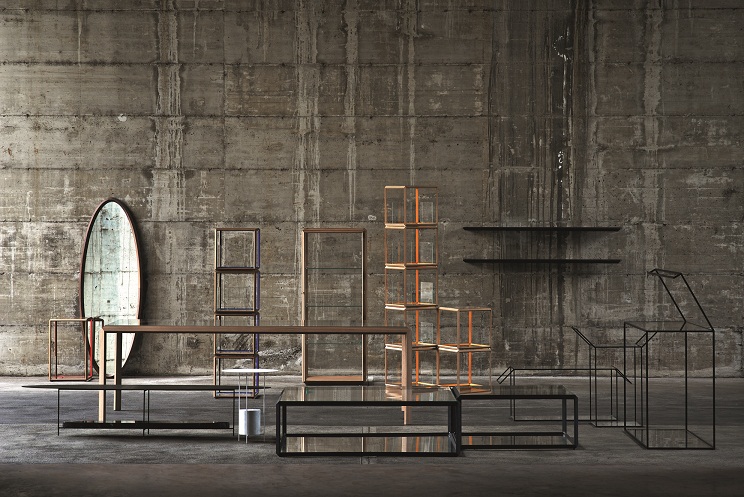
April’s six-day exhibition attracted a total of 310,840 visitors. The competition drew the world’s leading furniture brands, including Molteni & C. The brand was founded by Angelo Molteni in 1934. They are more than a familiar face at in the Milan fair. The first edition of the fair in 1961 boasted Molteni as one of its co-founders.
This year’s fair saw Molteni & C celebrate the company’s 80 anniversary. The anniversary included celebrations at the Galleria d’Arte Moderna, the Italian national gallery of modern art. The brand’s 2½ month-long “80! Molteni” exhibition was held at the gallery. Through furniture presentations, posters, photographs and video, the exhibition displayed the past and present of Molteni & C classic design. It also highlighted the profound impact the brand has had on Italian furniture and even the world of furniture design development.
PRC Magazine joined a media trip to Milan at the end of April, which was hosted by the Hong Kong developer Couture Homes. A group from Hong Kong visited the production facilities of the Molteni Group, two factories covering more than 160,000 square meters, and the fair itself to better understand Made in Italy design.
Family affair
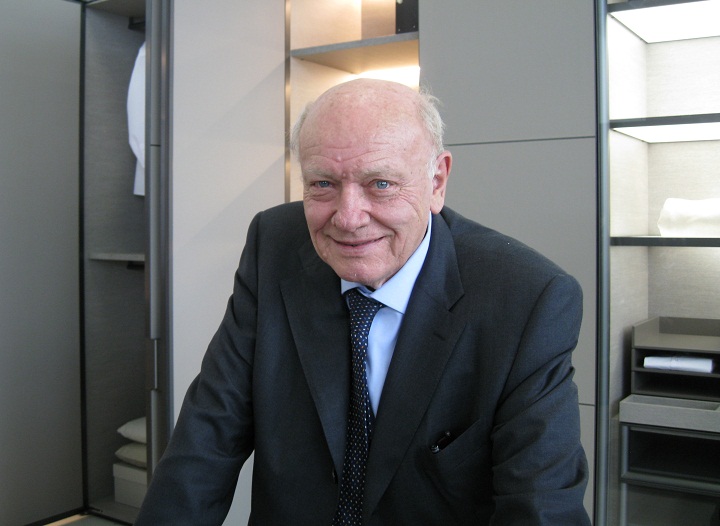
Carlo Molteni, Chairman of Molteni Group
As with many Italian furniture brands, the Molteni Group is a family business, although control has been passed onto the family’s second generation. A third generation of Moltenis, including Andrea, Giovanni and Giulia, has also started to join the company’s management in the past few years.
Now aged 70, the group’s chairman Carlo Molteni has been hard at work over the past 50 years, expanding the group to four brands that include the home furnishings of Molteni & C, Dada kitchens, Citterio Unifor’s office furniture and Citterio, an office furnishings and partitions brand.
That Molteni began in the backyard of the family home and now is one of Italy’s leading international furnishings companies, is probably due to their family’s values. Their values are one of the inspirations in their design and at its core, so the products show the importance of a family sharing and also the warmth in a human touch.
Milan style
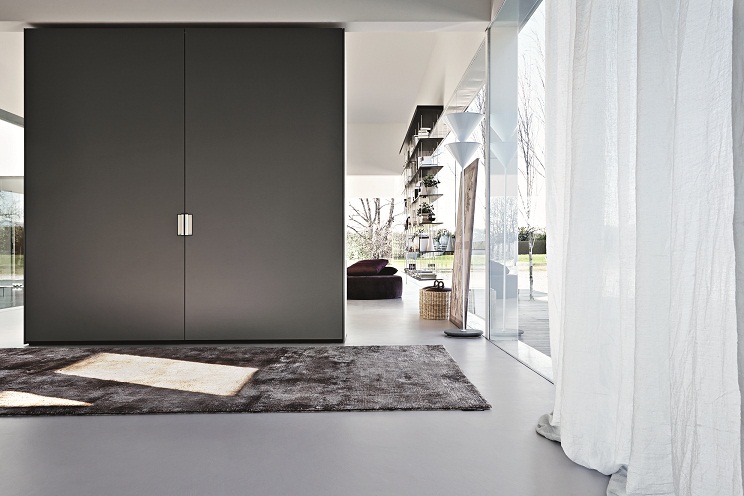
Italian design has a very strong Southern European style. The Italian love of the romantic, and enjoyment of life and art is an integral part of life. As the birthplace of the Renaissance, Italy has spawned a variety of artistic styles and given furniture design that has a rich cultural and historical background. The country’s different regions have their own preferences and that has lead to the formation of a wide variety of Italian furniture styles. There are aristocratic designs and classical colours found in baroque styles, or classical designs combining modern furniture concepts in a neoclassical style.
In the middle of last century, from a global industry undergoing the influence of a revolution, a more modern style emerged. It was relatively simple and without flashy decoration. But as with all of Italy’s leading furniture styles, the focus on the workmanship, materials, design, colour and textures was meticulous and carefully created. It is clear why Italians treat appliances for daily use as pieces of art.
It is easy to see that Molteni & C is a leader of this modern Milan style. In an online interview, Carlo Molteni said that he liked his home full of clean lines and open spaces, which are fully exhibited in the design of his brand. Strong lines and massive design abound.
For more than a century, the aristocracy of wood has been present: first in a classic style, then modern furniture and lastly through design. It can be said that even where space is a luxury, Molteni & C cannot help but shine.
Collaborative design
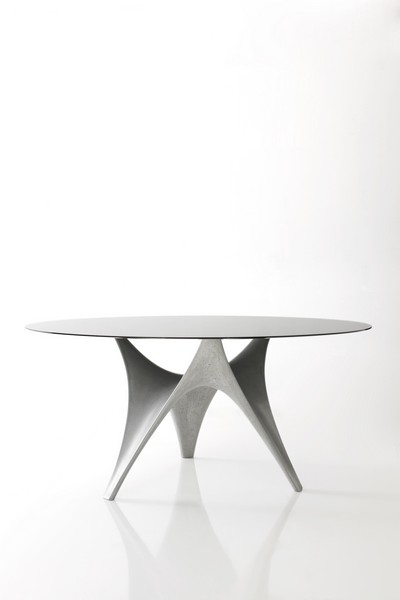
ARC by Foster + Partners
The mid-1960s marked a turning point. These were the years of Italy’s economic boom and change was in the air. It was the beginning of design, on an industrial scale. Key interior designers and architects came into the factory, along with technical experts. Projects took shape on the drawing board, prototypes were made, designs were corrected.
Boasting partnerships with architects and designers, such as Gio Ponti, Aldo Rossi, Luca Meda, Afra and Tobia Scarpa, Jean Nouvel, Alvaro Siza, Foster + Partners, Patricia Urquiola and Ron Gilad, the professional creative concept and production processes combined to make Molteni & C products more diverse and brighter.
Among all of the designers, Carlo says he feels that Luca Meda was the most inspiring. Meda was the chief designer and art director at Molteni & C from the 1960s until his death in 1998.
In the 1970s, Meda launched a unique concept for a modular furniture system. From the material, shape and structural details, it showed a harmonious coordination of furniture that created a simple and elegant nature. It could also adapt to changes in home life, meeting different needs. The products shook the entire industry and the impact of the concept has been the focus for countless furniture designs.
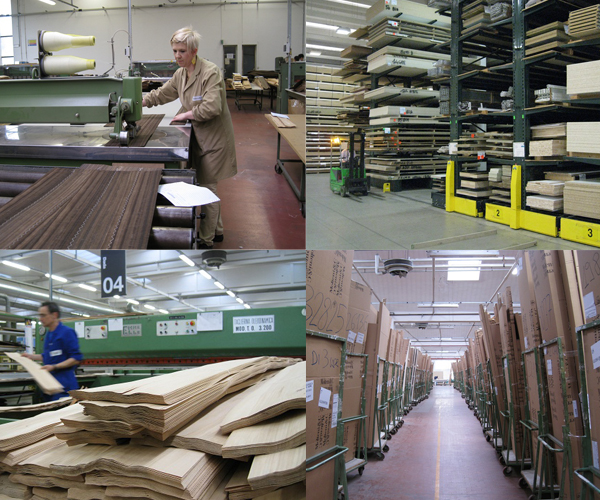
Molteni Group production line in Giussano, Milian
At the same time, the family’s contract business also got underway, with major assignments, both in Italy and abroad, for customers with demanding requirements. There was the reconstruction of the Teatro la Fenice in Venice, huge cruise ships for major international companies, hotels and apartment hotels all over the world.
Two of the collaborative designs that should be mentioned are the Arc and Teso designed by Foster + Partners. Both are unique in being iconic, with the former using cement and organic fibres as a new material. The latter uses tension and compression to transform metal plate into a curved, steel hole – both equally steady and firm – with a piece of glass on the top, reflecting the modern design and mechanical beauty.
Kitchen with chic
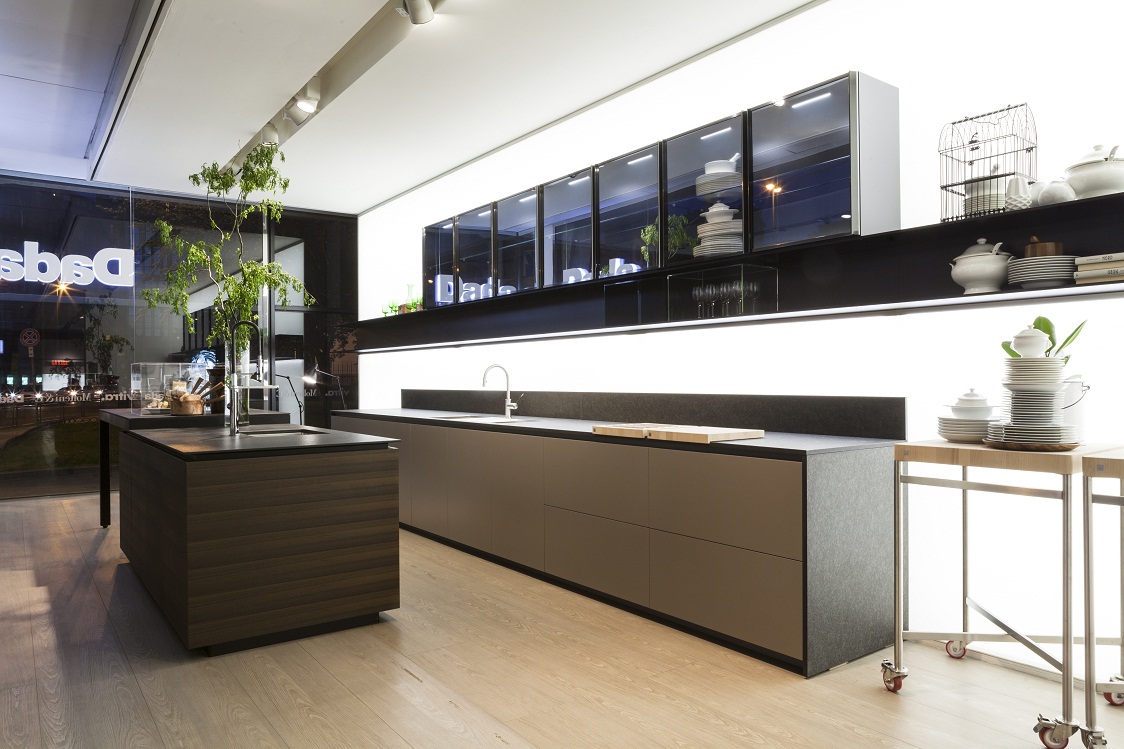
Dada Flagship Store Milano
Dada has been part of Molteni Group since 1979. The brand is positioned at the high-end of the market with mass-produced items created by designe
rs with extensive international experience: Vela by Dante Bonuccelli; Hi-Line 6 by Ferruccio Laviani; INDada by Nicola Gallizia
The products meet the highest requirements of modern kitchens, pushing innovation, functionality, aesthetics and technology. There are different pieces in terms of type, finishing and materials, but all have one essential feature in common: the chance to combine specific elements from each series in order to come up with original solutions.
In 2008, the Armani Group and Molteni formed a partnership for the production and distribution of the Armani/Dada collection. Armani/Dada Contract projects include: the development of customised kitchen systems for the exclusive Armani Residences at the Burj Khalifa in Dubai, the services’ apartments of San Pietro all’Orto in Milan, the Imperial Cullinan in Hong Kong and World One in Mumbai.
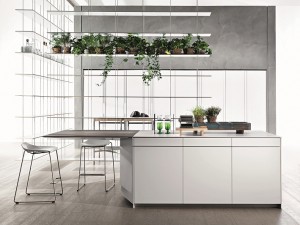
Dada – Vela
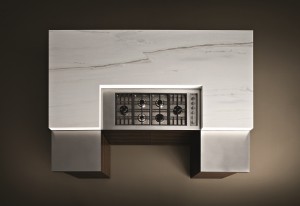
Armani / Dada
Glass Cube
This is a very special pavilion to record and transmit the brand’s past and future. Molteni & C commissioned Ron Gilad to design the Glass Cube at its production unit in Giussano. The result is a 400-sqm exhibition space, made up of a void, glass and surprise installations.
In the centre, a stretch of water reflects the creation of an object, with nature taking part in the process, amid the sky and clouds. Gilad reinterprets the distinguishing themes of Molteni’s corporate identity: the materials – first and foremost wood – quality, experience, technology, industry and craftsmanship, their products and collections.
The exhibits are not simply furniture for exhibition. Some pieces were cut in half or oriented in unusual positions, such as on the ceiling or wall, so that visitors can approach from different angles to understand the product mix and shapes, and to see the impossible in the optimisation of internal structures.
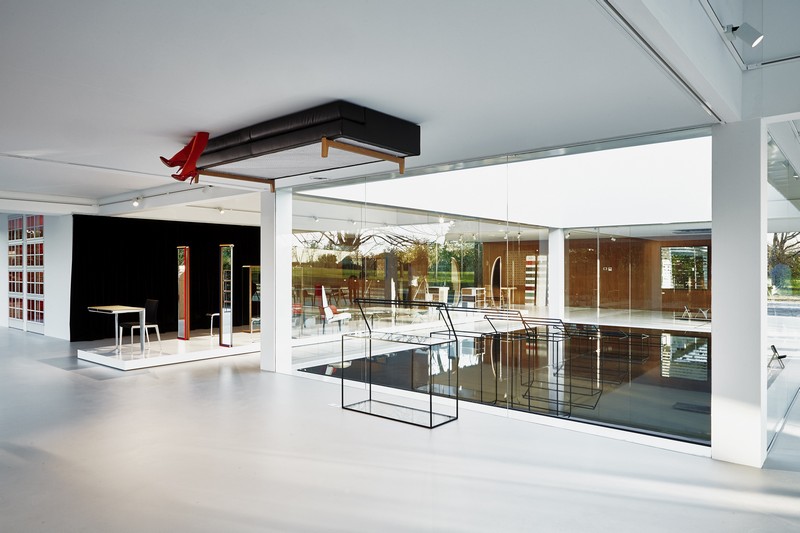
(More photos of the Glass Cube available on PRC Magazine’s Facebook page www.facebook.com/prcmagazine).
From the Dolomites to Kau To Shan
Presented by Couture Homes, “kau to HIGHLAND” located on the peak of Kau To Shan at Shatin, features HK$20 million of beautiful, bespoke built-in wardrobes designed by Molteni & C in each of the 20 villas.
“To celebrate our Group’s 80th anniversary, we have designed an exclusive series of wardrobes and kitchen cabinets to match and complement the grandeur of kau to HIGHLAND,” says Carlo Molteni.
“We have named this series Dolomites after the Dolomites mountain range in the Italian Alps. The kau to HIGHLAND silhouette resembles the peaks and valleys of the Dolomites.”
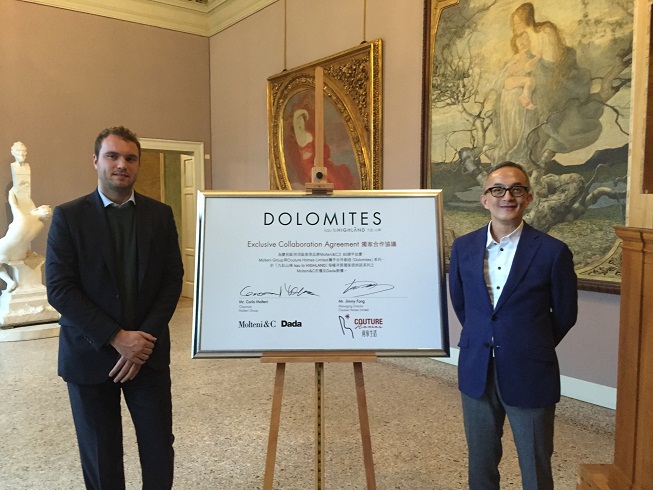
Giovanni Molteni, Managing Director of Molteni Group (left) and Jimmy Fong, Managing Director of Couture Homes (right)
Couture Homes managing director Jimmy Fong says: “Kau to HIGHLAND provides discerning buyers with a distinguished, luxury lifestyle while the Dolomites series brings signature Italian flair to the development.”
“The development is the first property in Hong Kong to feature built-in wardrobes by Molteni & C as standard provision of every house, redefining the paradigm of luxury living in Hong Kong. It gives us great pleasure, therefore, to introduce this special series of renowned Italian furnishings. The Molteni Group has contributed to the splendour of kau to HIGHLAND with its premium built-in wardrobes which are the epitome of Italian flair and style.”
The Dolomites series uses Italian woodgrain materials to bring nature into the home. Some wardrobes are decorated with a glass finish while every wardrobe comes with a pull-out clothing rail, drawers and a trouser rack.
The development’s world-class design team, comprising Steve Leung, Tara Bernerd, Norman Chan and Paul Davis + Partners, will advise on selection of materials to ensure that each wardrobe is custom-designed for every villa, leveraging the flexible personalisation of the Dolomites series to help buyers express their individuality and style.
Product Images by Molteni Group












